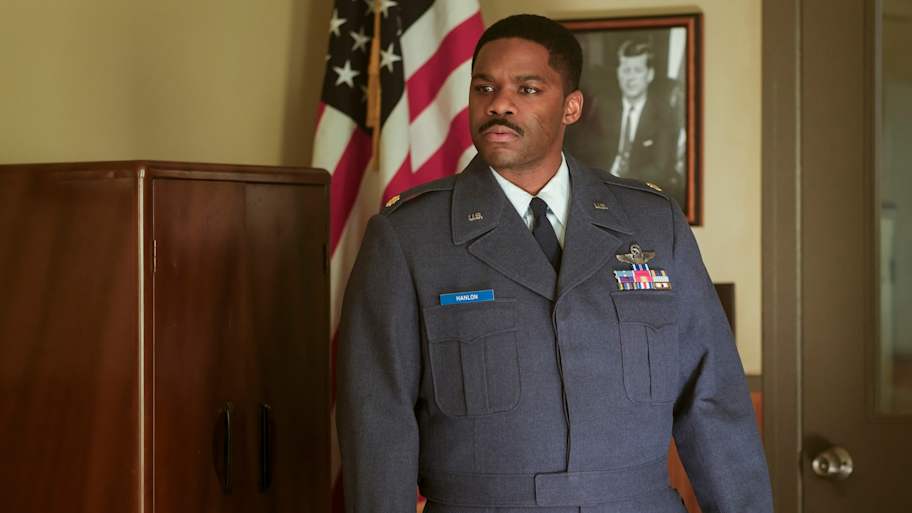
A Step Forward for "It: Welcome to Derry"
After a premiere episode that was packed with ambitious ideas but delivered mixed results, the second episode of It: Welcome to Derry, titled “The Thing in the Dark,” offers a significant improvement. With much of the initial setup and confusion from the first episode behind it, director Andy Muschietti’s series finds its rhythm, delivering a more cohesive and engaging experience.
One of the main criticisms of the first episode was the introduction of what felt like a reduced version of the Losers Club, only to have most of them killed off in the climax. While this move was initially jarring, it also served as an effective subversion of audience expectations. The decision to kill off many characters early on draws clear parallels to other Amblin-indebted shows like Stranger Things, where character relationships are built up only to be abruptly disrupted. This approach is clever, using viewer expectations against them in a way that feels fresh and unexpected.
However, this choice also risks making the first episode feel unnecessary in hindsight. The introduction of so many characters who don’t play a major role in the rest of the series creates a sense of redundancy. Fortunately, the second episode manages to mitigate this issue by focusing on how the deaths of these characters impact those who remain. The ripple effects on the town of Derry and the surviving characters are explored in depth, giving the events a sense of weight and emotional resonance.
Despite this, the structure of the series still feels a bit disjointed. The show now has two inciting incidents—Matt’s disappearance at the start of the first episode and the loss of the other kids at the end—that essentially repeat the same narrative beats. This creates a stuttering effect, especially when Matt is largely forgotten throughout “The Thing in the Dark.” It’s a strange byproduct of the bold choices made by the creators, which ultimately affects the overall impact of the story.
Nevertheless, “The Thing in the Dark” makes excellent use of the shock from the previous episode to drive the narrative forward. With the extraneous characters removed, the focus shifts to the core cast, allowing for a more streamlined and emotionally driven storyline. Performances from Jovan Adepo, Taylour Paige, Chris Chalk, Amanda Christine, Clara Stack, and Blake Cameron James are all strong, contributing to the episode’s compelling atmosphere.
The production design also plays a crucial role in enhancing the viewing experience. Paul Denham Austerberry’s recreation of the 1960s setting is not only visually accurate but also evokes a deep sense of authenticity. Combined with Muschietti’s careful camerawork and thoughtful use of music, the episode successfully immerses viewers in the world of Derry.
Thematically, the episode delves deeper into the issues of oppression and societal conflict, offering a more diverse and nuanced portrayal of the characters compared to the original It films. By exploring these themes in greater detail, the series presents a broader canvas of fear and horror, making it more engaging and thought-provoking.
In terms of scares, “The Thing in the Dark” delivers some of the most effective and imaginative sequences of the season. The two major set pieces—one centered on Ronnie Grogan and another on Lilly Bainbridge—are particularly noteworthy. The Ronnie sequence, in particular, stands out as one of the strongest moments in Muschietti’s career, showcasing his talent for creating tension and fear in a way that feels both authentic and impactful.
Overall, “The Thing in the Dark” marks a significant step forward for It: Welcome to Derry. With the clutter of the first episode cleared, the series is able to focus on its core strengths, delivering a compelling, scary, and entertaining experience. If the show continues to maintain this level of quality, it has the potential to become a standout addition to the It universe.

Post a Comment